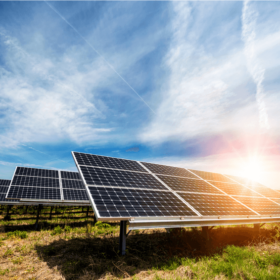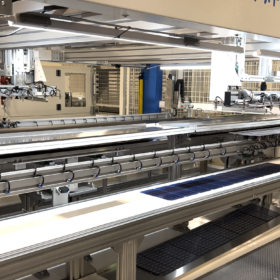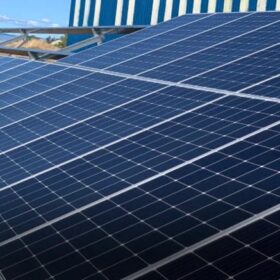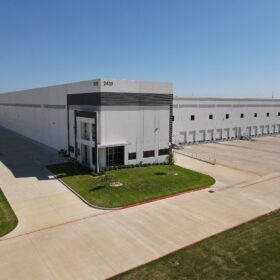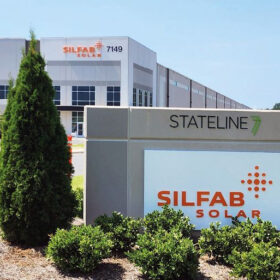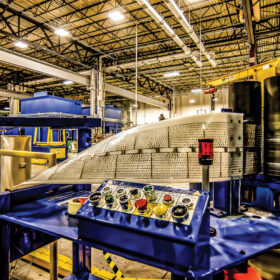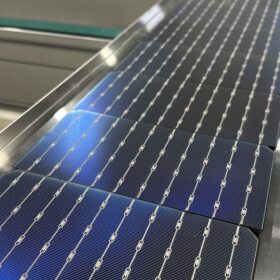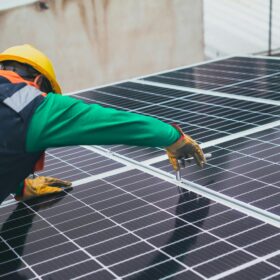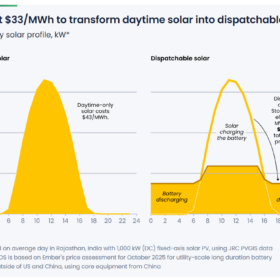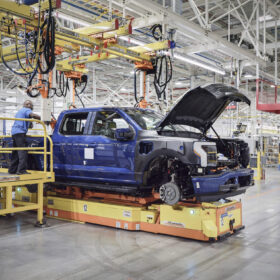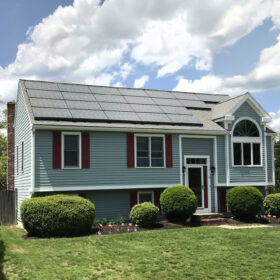Solar’s ‘remarkable’ boom in Trump country
A wave of solar projects and manufacturing investments have poured across states that voted for Trump last November.
First Solar lowers 2025 earnings expectations due to tariff challenges
The solar panel manufacturer’s stock declined roughly 10% following the release of its Q1 2025 report.
Solar cell production expected to double in the U.S. in less than two years
Gauging the growth in domestic content in the solar supply chain, Anza shares Q2 2025 domestic content insights amid uncertainty.
Boviet Solar opens solar production facility in North Carolina
With an investment reportedly approaching $400 million, the manufacturing plant will be built in two phases with phase one producing 2 GW of solar modules and phase two expected to produce 2 GW of solar cells in 2026.
The secret behind solar project success in the IRA era
Companies that build strong partnerships that combine domestic manufacturing, field experience and responsive problem-solving are positioned to thrive regardless of policy changes.
U.S. Commerce Department slaps unexpectedly high tariffs on solar imports
Coalition trade lawyer says the U.S. Department of Commerce’s final tariffs on solar cells and modules from Cambodia, Malaysia, Thailand and Vietnam are among the highest rates he’s ever seen.
Waaree Energies to double its solar module manufacturing in Texas
This expansion comes at a critical time for the U.S. solar industry with much uncertainty around supply chains and pressure to increase domestic output.
South Carolina residents take final swing at Silfab’s manufacturing facility
A school district may pay for an environmental evaluation after years of failed legal attempts to halt Silfab’s upcoming South Carolina facility.
Stryten Energy ramps up its U.S. battery manufacturing capacity to 24 GW
The energy storage company’s investment will add 10 GW to its domestic manufacturing capacity.
Global path leads to solar manufacturing in Indianapolis
Lead quality engineer of Bila Solar shares with pv magazine USA his photovoltaic path from India to the United States to China and back again to embrace solar ingenuity and excitement he deems sure to keep spreading.
